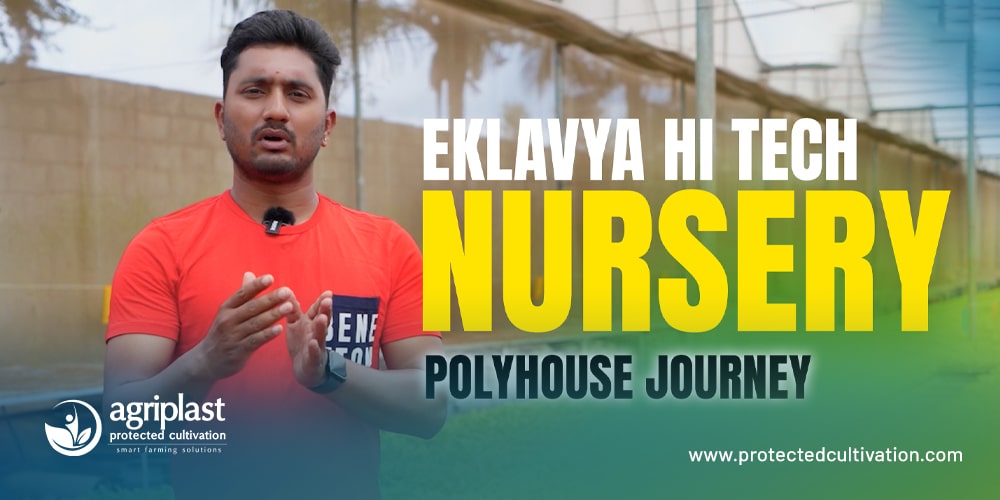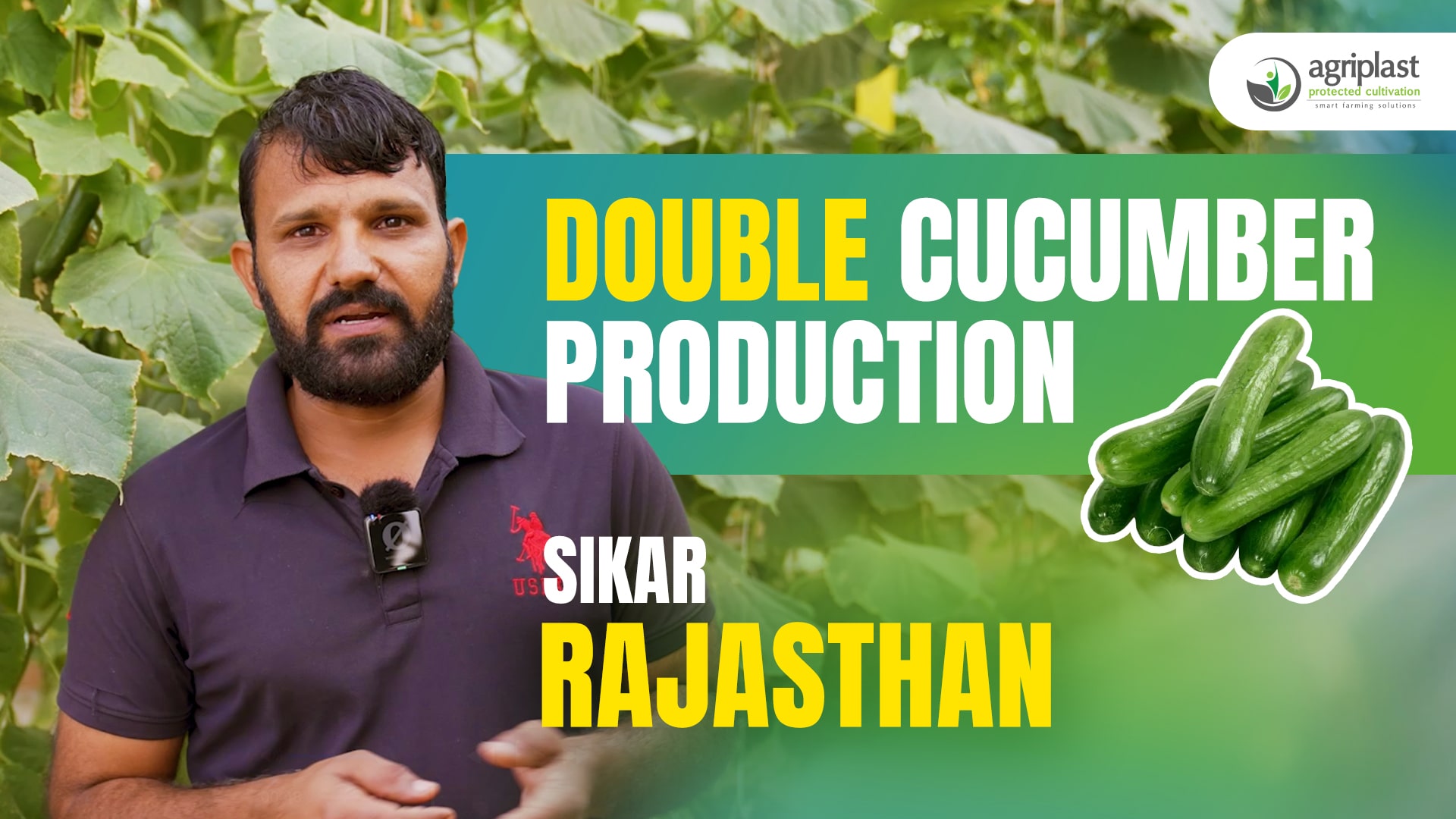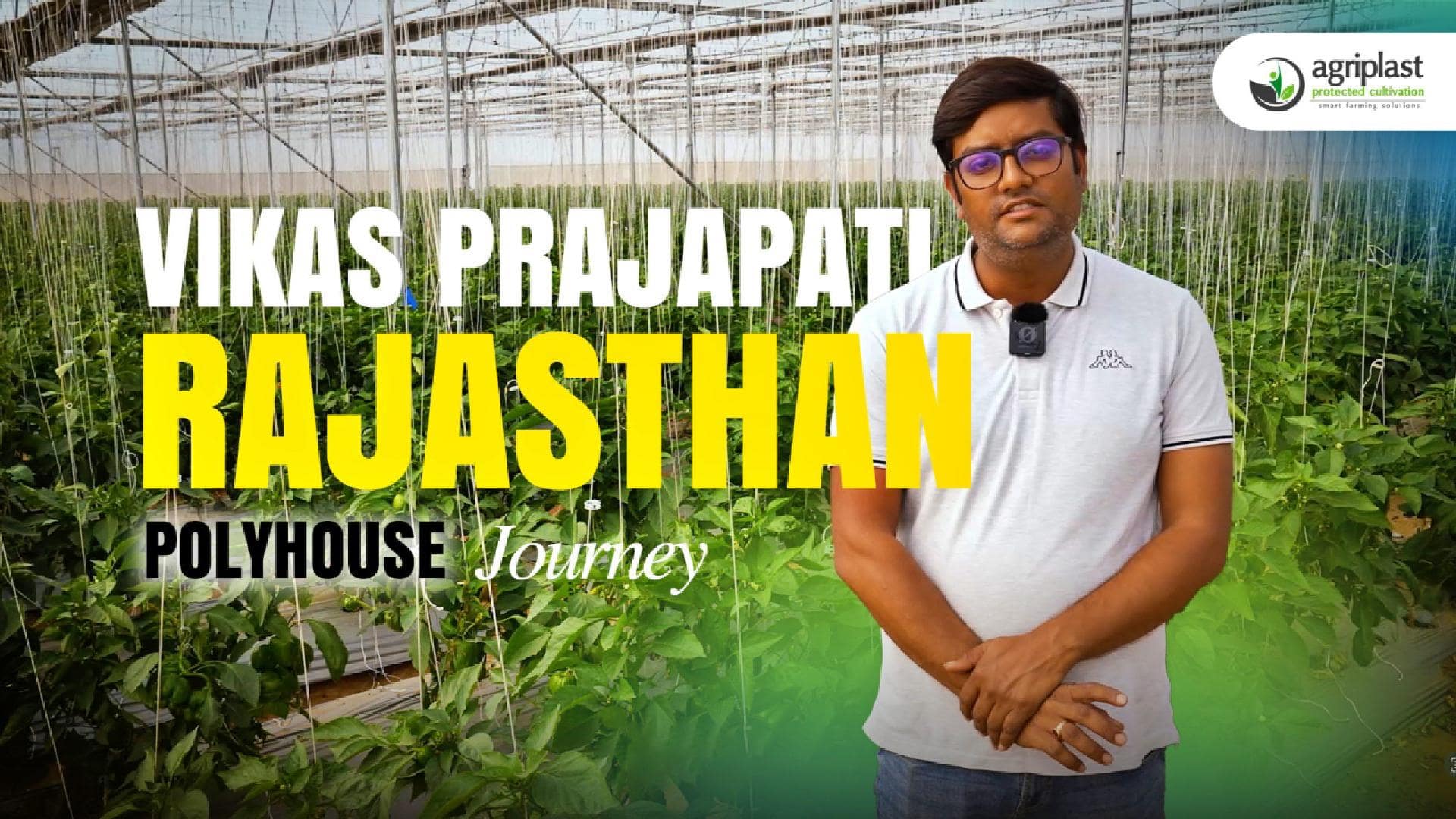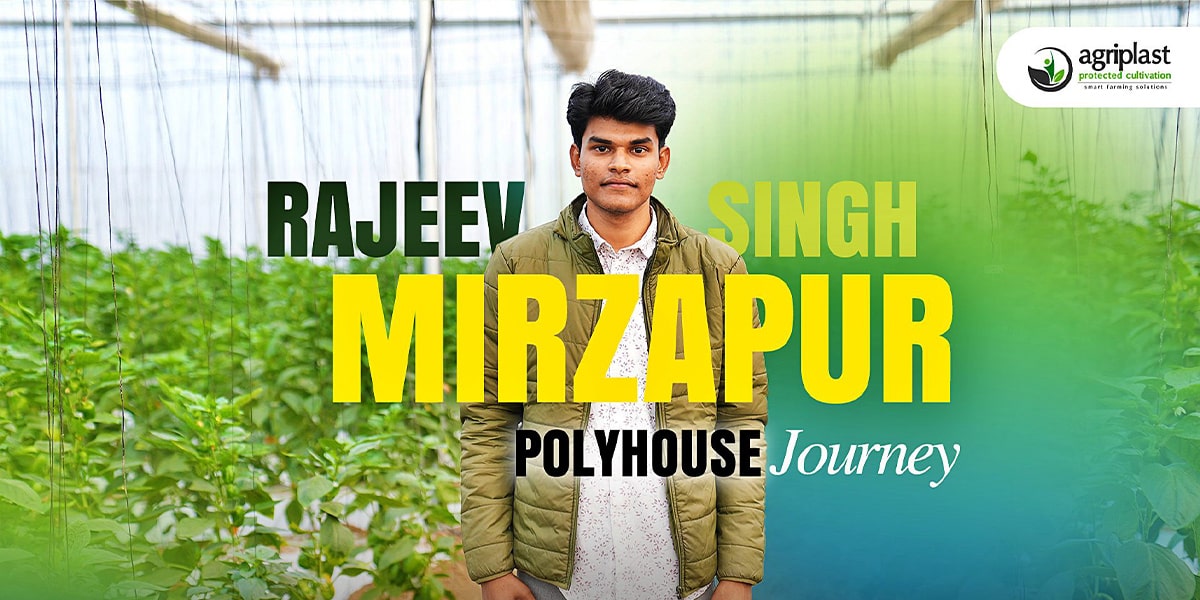The Promise of Urban Agriculture: How Protected Cultivation Structures Make it Possible
As the world's urban population continues to grow at an unprecedented rate, the need to find innovative solutions for feeding these expanding communities becomes increasingly urgent. Urban agriculture has emerged as a promising solution to address the growing food demands of city dwellers while simultaneously fostering sustainable development and greener cityscapes. Protected cultivation structures, such as polyhouses, greenhouses, net houses, and poly tunnel structures, play a vital role in making urban agriculture a viable and productive endeavor.

In this article, we will explore the benefits and potential of incorporating protected cultivation structures, such as those provided by Agriplast, into urban agriculture initiatives. By implementing these innovative solutions, cities can harness the power of urban agriculture to create more resilient, self-sufficient, and sustainable communities.
As we navigate the challenges of feeding ever-growing urban populations, innovative approaches to agriculture and sustainable development become crucial. Join us as we examine the potential of protected cultivation structures, such as those offered by Agriplast, in shaping the future of urban agriculture and creating more sustainable, food-secure cities for generations to come.
Optimizing Space Utilization: Vertical Farming and Rooftop Gardens
One of the most significant challenges urban farmers face is the limited availability of space for agricultural activities. Protected cultivation structures, particularly polyhouses and greenhouses, can help overcome these spatial limitations by supporting the development of vertical farming and rooftop gardens. Vertical farming involves growing crops in vertically stacked layers, while rooftop gardens utilize unused rooftop spaces for agriculture.
Both vertical farming and rooftop gardens offer numerous advantages for urban agriculture:
1. Space Efficiency: By utilizing vertical space and previously unused rooftop areas, urban farmers can maximize their growing capacity within the constraints of the urban landscape.
2. Localized Food Production: Growing food closer to where it is consumed reduces transportation costs, emissions, and overall food waste, contributing to a more sustainable food system.
3. Urban Greening: The addition of green spaces in cities can help reduce the urban heat island effect, improve air quality, and provide valuable ecological services.
Incorporating protected cultivation structures into these space-saving urban agricultural practices can significantly enhance productivity, sustainability, and resilience within densely populated urban environments.
Adapting to Urban Environments: Advanced Climate Control Systems
Urban environments present unique challenges for agriculture, such as heat stress, air pollution, and variable microclimates. To successfully grow crops in these conditions, urban farmers need innovative solutions to address these challenges. Protected cultivation structures, like those provided by Agriplast, can help urban farmers adapt to their unique settings through the integration of advanced climate control systems.
Key benefits of climate control systems in urban agriculture:
1. Temperature Regulation: Advanced climate control systems can help maintain consistent temperature levels within protected cultivation structures, counteracting the effects of the urban heat island phenomenon.
2. Humidity Control: Proper humidity management is crucial to prevent plant diseases and ensure optimal growing conditions. Advanced climate control systems within protected structures allow farmers to regulate humidity levels according to specific crop requirements.
3. Mitigating Air Pollution: Protected cultivation structures can also serve as a barrier to harmful pollutants and contaminants present in the urban atmosphere, ensuring healthier crops and better yields.
By leveraging these advanced climate control systems, urban farmers can ensure a more consistent and successful crop growth, regardless of the surrounding environment.
Enhancing Resource Efficiency: Precision Irrigation and Fertigation Technologies
Resource conservation is a central aspect of sustainable urban agriculture. To use limited resources more efficiently, urban farmers can turn to precision irrigation and fertigation technologies integrated into protected cultivation structures.
Advantages of adopting precision irrigation and fertigation technologies in urban agriculture:
1. Water Savings: Precision irrigation systems, such as drip or micro-sprinkler methods, deliver water directly to plant root zones, minimizing evaporation and runoff losses and contributing to water conservation efforts in cities.
2. Nutrient Efficiency: Fertigation systems facilitate the precise application of nutrients along with irrigation water, ensuring optimal nutrient delivery, reduced leaching, and minimal environmental impact.
The integration of these resource-saving technologies within Agriplast's protected cultivation structures can contribute significantly to both the financial and environmental sustainability of urban agricultural enterprises.
Fostering Local Food Security and Sustainability
Incorporating protected cultivation structures into urban agriculture initiatives holds immense potential for fostering localized food security and sustainability in fast-growing cities. By producing fresh, nutritious, and diverse produce within city limits, urban agriculture can contribute to the overall resilience and self-sufficiency of urban communities.
Some notable benefits of leveraging protected cultivation structures for urban food security and sustainability include:
1. Reduced Food Miles: By minimizing the distance food travels from farm to consumer, urban agriculture can reduce transportation costs and associated greenhouse gas emissions, promoting a more sustainable food system.
2. Employment Opportunities: Urban agriculture supported by protected cultivation structures creates job opportunities in cities, providing an income source for urban dwellers and entrepreneurs.
3. Community Engagement: Urban agriculture helps foster a sense of community by connecting city residents to local food production, allowing them to participate in and learn about sustainable agricultural practices.
By advancing urban agriculture through the use of protected cultivation structures, cities can work towards overcoming the challenges of providing healthy, sustainable food sources for their growing populations.
Conclusion:
Protected cultivation structures, such as those offered by Agriplast, hold the key to unlocking the full potential of urban agriculture. By optimizing space utilization, adapting to urban environments, enhancing resource efficiency, and fostering local food security and sustainability, these innovative solutions can shape the future of food production in cities globally.
As the world's urban population continues to rise, embracing the possibilities offered by protected cultivation structures and urban agriculture becomes increasingly paramount. By integrating innovative solutions like Agriplast's protected cultivation structures into urban farming initiatives, cities can cultivate a greener, more sustainable, and food-secure future for all. Take the first step towards revolutionizing urban agriculture with protected cultivation solutions today. Get in touch with one of the best greenhouse manufacturers - Agriplast Protected Cultivation today!






















